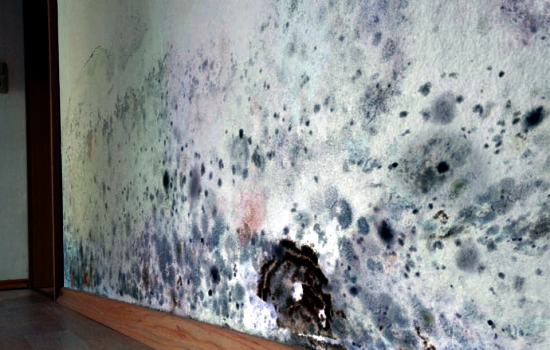Guidance on What to Do After Mold Remediation
Wiki Article
Your Ultimate Guide to Blog Post Mold And Mildew Removal Strategies
Browsing the realm of post-mold remediation techniques is a precise process that demands interest to detail and a comprehensive understanding of the ins and outs entailed. In the after-effects of mold invasion, knowing how to successfully get rid of the mold and prevent its reoccurrence is paramount for maintaining a healthy and balanced interior environment. From picking the ideal cleansing and sanitizing methods to implementing methods for lasting mold avoidance, each action in the remediation trip plays an important role in ensuring an effective result. As we begin on this expedition of post-mold remediation strategies, we will certainly uncover the key techniques and best techniques that can assist you recover your area to its pre-mold problem and secure it against future mold and mildew risks.Recognizing Post-Mold Removal Process
After completing the mold and mildew removal procedure, it is critical to recognize the post-mold remediation methods that are needed to make sure a reliable and thorough cleaning. Once the mold has been removed, the next action entails cleaning and decontaminating the impacted areas to stop any type of regrowth of mold. This includes making use of specialized cleansing agents to clean down surfaces and eliminate any staying mold and mildew spores. It is vital to dry out the area completely to inhibit the development of mold and mildew in the future (Post Mold remediation cleaning). Proper ventilation and dehumidification can aid in this procedure.
Additionally, carrying out a last assessment post-remediation is essential to make sure that all mold has been effectively eradicated. If the evaluation reveals any kind of remaining mold, added remediation may be needed.
Efficient Cleansing and Decontaminating Techniques

Avoiding Future Mold Development

Value of Correct Air Flow
Appropriate ventilation plays a critical duty in avoiding dampness accumulation, a key consider mold development within indoor settings. Efficient air flow systems help get rid of excess humidity from the air, reducing the opportunities of mold spores finding the wetness they need to germinate and spread. Without appropriate ventilation, interior rooms can come to be a breeding place for mold and mildew, leading to prospective wellness dangers and architectural damage.By making certain correct air circulation, air flow systems can also aid in drying out moist locations extra swiftly after water damage or flooding cases, additionally deterring mold development. what to do after mold remediation. Precede like shower rooms, attics, kitchen areas, and cellars where dampness degrees you could try this out tend to be higher, setting up and preserving reliable air flow systems is crucial in stopping mold and mildew invasions

Surveillance and Upkeep Tips
Provided the crucial role that proper air flow plays in avoiding mold development, it is essential to develop reliable tracking and upkeep ideas to guarantee the ongoing performance of air flow systems. Regular evaluations of air flow systems need to be conducted to look for any kind of indications of blockages, leakages, or malfunctions that might hamper proper air flow. Surveillance moisture degrees within the property is likewise essential, as high moisture can contribute to mold development. Installing a hygrometer can assist track moisture degrees and alert home owners to any type of spikes that might require interest. In addition, guaranteeing that air filters are regularly cleaned up or changed is essential for keeping the efficiency of the ventilation system. Applying a schedule for routine upkeep jobs, such as duct cleaning and a/c system examinations, can help stop concerns before they escalate. By staying positive and conscientious to read this article the problem of air flow systems, homeowner can effectively alleviate the threat of mold and mildew regrowth and maintain a healthy indoor atmosphere.
Conclusion
In conclusion, post-mold removal strategies are necessary for making sure a clean and secure environment. Recognizing the process, implementing efficient cleaning and disinfecting approaches, avoiding future mold and mildew development, maintaining proper air flow, and regular surveillance are all vital actions in the remediation procedure. By following these standards, you can effectively eliminate mold and prevent its return, working or advertising a healthy living space for all passengers.In the consequences of mold read review and mildew infestation, recognizing how to properly eliminate the mold and mildew and prevent its reoccurrence is vital for maintaining a healthy interior environment. As soon as the mold has actually been removed, the following step includes cleansing and decontaminating the affected locations to avoid any kind of regrowth of mold and mildew - Post Mold remediation cleaning. After eliminating noticeable mold development, it is crucial to clean up all surfaces in the afflicted location to eliminate any staying mold and mildew spores. To better boost mold prevention steps, it is necessary to resolve underlying issues that initially led to mold advancement.Provided the critical role that proper ventilation plays in stopping mold and mildew development, it is vital to develop efficient surveillance and upkeep pointers to make certain the ongoing capability of air flow systems
Report this wiki page